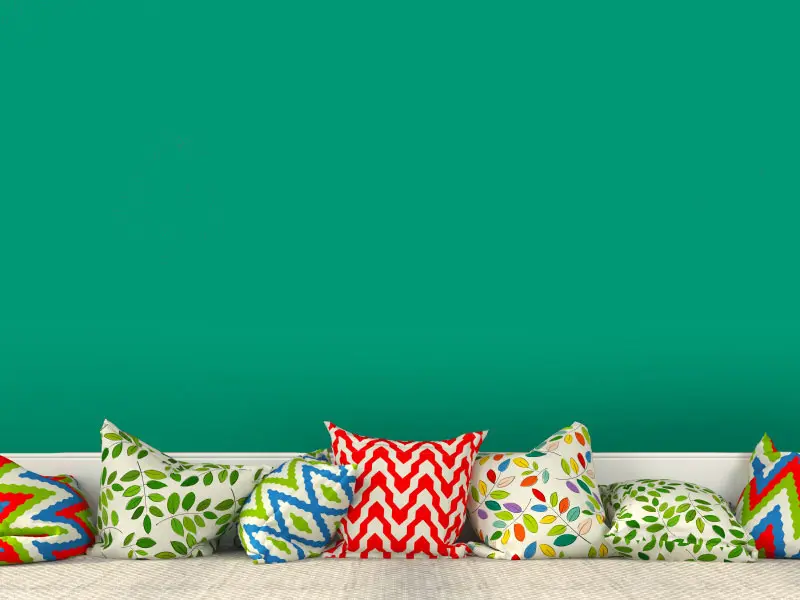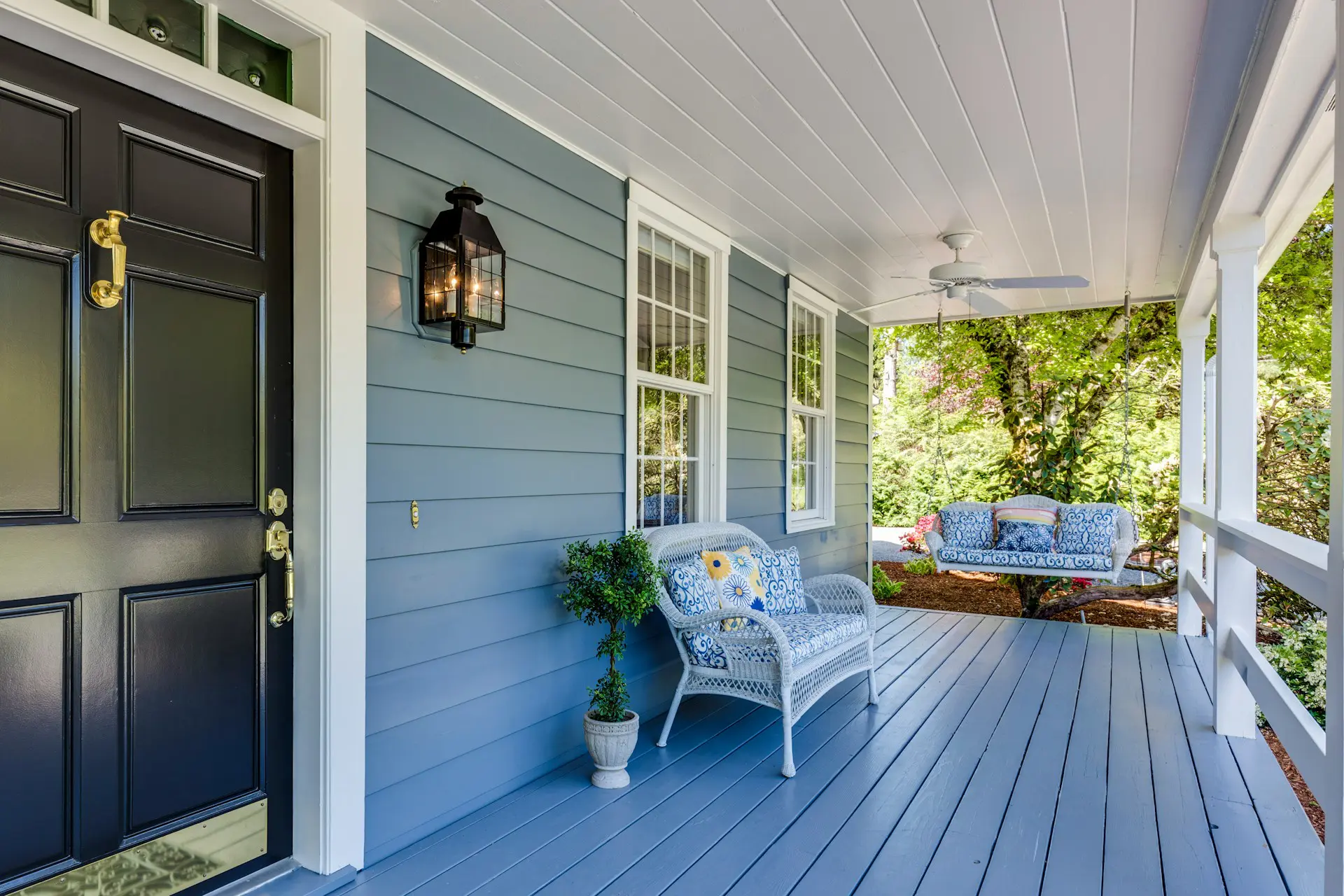Making Your Next Paint Job a Little Greener

It’s no secret that more homeowners in the United States than ever before are taking an active interest in everyday environmental issues. We recycle, we avoid waste and we generally consider our actions far more carefully than previous generations.
So it’s hardly surprising that here at Homm CPS, we’re often approached with questions regarding environmentally friendly home improvements. Or more specifically, what the average person can do to make their next interior paint job a little greener.
As in eco-greener…not the color!

The answer…well, there’s a lot you can do to make your next home improvement job at least a little more environmentally friendly. Though as far as specific options go, the following represent just about the most effective and accessible of the bunch:
1. Choose Long Lasting Paints
First and foremost, the less frequently you need to paint your interiors, the less your activities are likely to impact the environment. Meaning that the first thing you should do is choose the kind of high-quality paint that lasts as long as possible. While at the same time, choosing the most appropriate paints for different areas of the home – particularly high traffic and heavy-duty areas.
2. Avoid Waste at All Costs
Any paint that goes to waste represents paint that needs to be disposed of or recycled for no good reason. As a rule of thumb, 1 gallon of quality paint is sufficient to cover approximately 400 SQ feet. Although this differs significantly from one paint brand and product to the next – hence the importance of taking measurements and reading the label carefully.
3. Watch the Weather
If you intend to extend your interior painting project to any aspect of your exteriors, always consult the weather carefully beforehand. The reason being that an unexpected downpour within the first 10 hours or so after completion of the job isn’t going to bode well for your home or the environment.
4. Buy Low-VOC Paint
Just in case you wondered, this particular abbreviation stands for volatile organic compounds. Which as the name suggests aren’t particularly positive things, when it comes to eco-concerns. Flat paint tends to have lower VOC levels than glossy paints, while latex paints typically have lower levels than alkyd.
5. Use Recycled Paint
From homes to offices to government buildings to businesses to hardware stores and so on, there are plenty of places where you may be able to pick up recycled paint for a comparatively low price. It could even be that they’re willing to give it away, just to ensure it is put to good use. Save the environment and save a small fortune at the same time, if you’re lucky enough to come across a quality batch!
6. Choose Eco-friendly Paint
It’s also worth reading into the wider environmental attitude and approach taken by the manufacturer of the paint itself. Not naming any names here, but some paint producers are significantly more responsible than others when it comes to eco-concerns. If unsure, simply carry out a little research online before going ahead with your purchase.
7. Other Supplies and Extras
Of course, it isn’t just the paint itself that has the potential to do a number on the environment. From primers to solvents to strippers to all manner of weird and wonderful chemicals, a lot of what goes into the average paint job has the potential to harm the environment. So it’s worth being conscious of which products you use and how you use them – try opting for biodegradable alternatives, if available.
8. Don’t Wash Your Brushes and Rollers
If you plan on using your brushes or rollers again in the near future, there’s no sense washing them after every use. Instead, simply wrap them in a recycled plastic bag or a layer of cling film, in order to keep things moist and supple until you need them next. The less paint residue that goes down your sinks and drains, the better!
9. Proper Paint Storage
Proper paint storage is important for two reasons. Number one, paint that goes hard becomes unusable in any way and represents an entirely wasted investment and an additional recycling/disposal burden. Number two, it significantly reduces the likelihood of the kinds of spillages and accidents that aren’t a good thing for you personally or the environment.
10. Recycle Everything
Or should that be – everything that can be recycled. From paint cans to fabric to paper to whatever else you use while painting your interiors, always consider carefully whether recycling is an option. And if it is, there’s no excuse for simply throwing things in the trash to save yourself a tiny bit of time and effort.
For more information on any aspect of home painting or to arrange an obligation-free consultation, get in touch with a member of the Homm CPS customer service team today.










